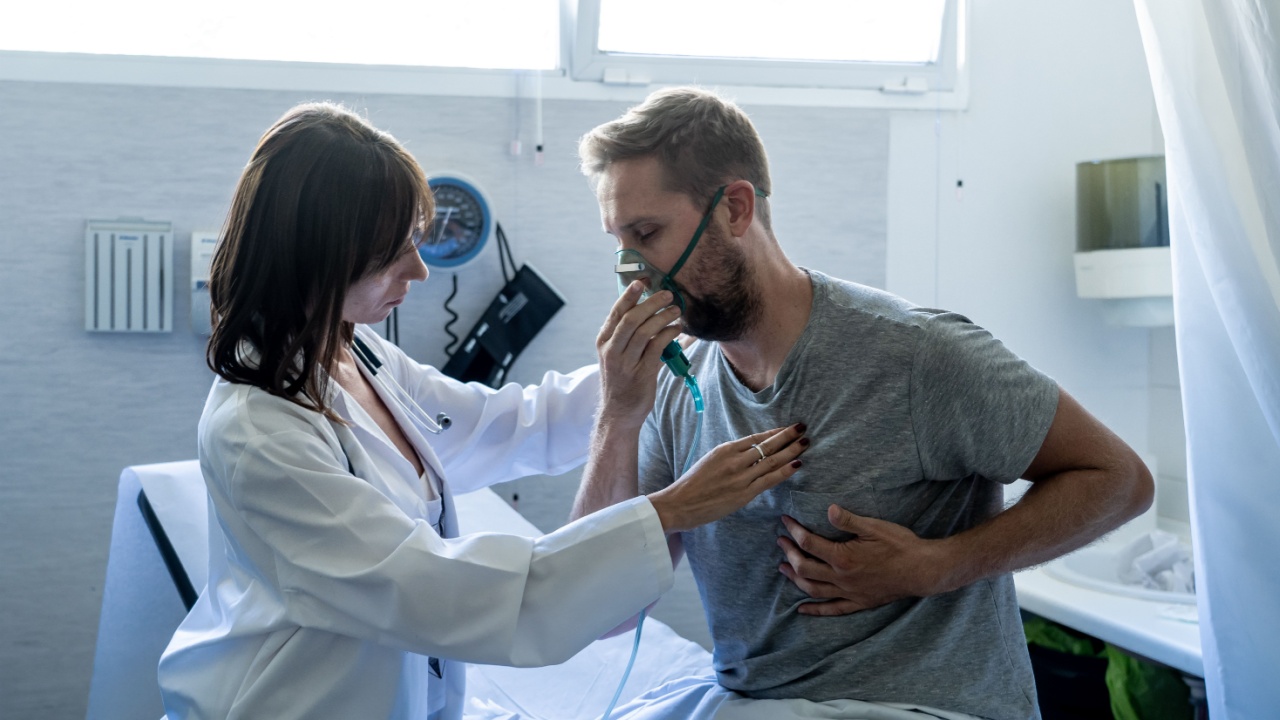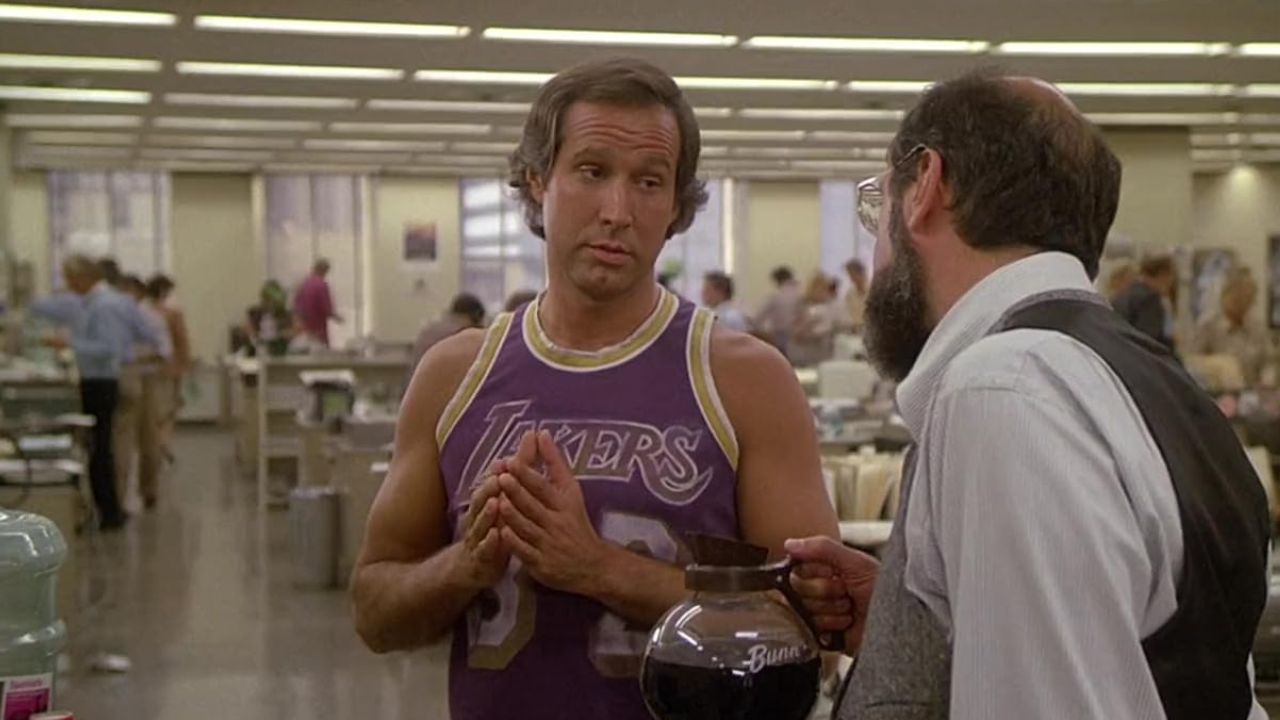We are witnessing the exponential growth of artificial intelligence (AI) and machine learning. It’s exciting to imagine the future wave of transformative health innovations.
We are living longer. That’s a fact. In Western society, healthcare systems are under intense pressure. With an aging population, current healthcare focuses on reactive care. In other words, our healthcare systems repeatedly fight the costly flames of ill health.
Advancing technology might shift from reactive to preventative care as we develop far more advanced medicine, diagnostic tools, and treatments.
We have picked 15 fantastic innovations we think will transform future healthcare.
1. Personalized Medicine

The most advanced healthcare applications are genomics (the study of complete DNA for people and other organisms), where artificial intelligence (AI) analyzes patients’ DNA. The AI then diagnoses and treats diseases by creating personalized medicines at a molecular level for individual patients.
This technology could help change generalized prescriptions to precision medicines for individual patients.
2. Preventative Healthcare

If we could prevent many problematic illnesses, it would improve world health and reduce the strain on the healthcare system. Technological advances such as AI and wearable devices could alert users to potential health concerns like diabetes and heart disease.
This innovation would create a shift from reactive to proactive healthcare, which could significantly reduce the costs of treating preventable conditions.
3. Virtual Healthcare Assistants

Virtual Healthcare Assistants (VHAs) and chatbots can advise on diagnoses, treatment, and medication. They can also answer patients’ questions about their healthcare and connect them to the correct information. Patients can access digital health record systems and schedule appointments.
The VHAs can remind patients to exercise and take their medications. They can assist with mental health care by providing companionship for lonely patients.
4. Generative AI In Healthcare

Generative AI can generate text, video, images, and other data using generative models. Generative AI models use input data to learn new structures and patterns. They take that learning to generate new data with similar characteristics.
This technology can train medical AI algorithms and create VHAs and chatbots to assist with every stage of a patient’s journey without compromising patient privacy.
5. Elderly Care

An aging population in developed nations pressures healthcare systems because of poor health and an increasing need for support. Innovative solutions could enable older people to live in their own homes instead of taking up space and resources in hospices, hospitals, and nursing homes.
The objective will be preventative care and developing treatments for diseases such as Parkinson’s and Alzheimer’s.
6. IoT-Powered Virtual Hospitals And Telemedicine

IoT (the Internet of Things) is any device connected to sensors, software, processing ability, and other technologies that can connect with Internet systems and communication networks. This holistic innovation includes wearable devices and telemedicine connected to the IoT to monitor patients’ health remotely and connect them with the relevant healthcare professionals.
A virtual hospital ward would serve as a central hub to monitor patients in their homes.
7. Virtual And Augmented Reality In Healthcare

Virtual reality (VR) in healthcare has entered the mainstream. It’s proving effective for long-term pain management, causing fewer unpleasant side effects than traditional pain management with pharmaceutical medication. Improved pain relief improves a patient’s quality of life and reduces hospital stays.
Augmented reality (AR) can use non-invasive technology to assess wounds and advise the best treatment. It provides digital information to surgeons as they work so they don’t have to look at a separate screen.
8. Digital Twins

A digital twin reproduces an intended or real-world physical system, product, or process. A digital twin can replicate anything from a single device by simulating, integrating, monitoring, testing, and maintenance.
Digital twins of a human body and internal organs can replicate the effects of changes in medication, treatment, and lifestyle choices.
9. 3D Printing Organs

3D printing uses technology to make a physical object from a 3D digital model. It is an essential technology for healthcare. It can print devices and tools on demand, like dental and orthopedic implants, surgical instruments, and prosthetics. This technology may even be suitable for creating 3D-printed organs from a patient’s biological tissue.
If research and testing prove effective, 3D printing would solve the shortage of transplant organs and reduce associated costs.
10. Eye Tracking Technology

Eye movements can indicate eye and brain conditions, such as Alzheimer’s, glaucoma, and traumatic brain injury. Innovative eye-tracking technology can identify conditions in the early stages by detecting even the slightest changes in eye movement.
This preventative, non-invasive eye care could change lives and help the healthcare system with early screening and treatment.
11. An Interface That Communicates Via Breath Patterns

Human-machine interface (HMI) systems provide solutions to challenges experienced by individuals with severe disabilities. These HMI systems include electromyography switches, eye gaze trackers, and brain-computer interfaces.
The problem with HMI systems is that they are invasive and cost-prohibitive. Case Western Reserve University researchers developed a low-cost, non-invasive, user-friendly sensor device that monitors an individual’s breath patterns to communicate with devices.
12. Making Veins Easier To Access

Healthcare providers use over a billion cannulas each year, which must be replaced every 72 hours to minimize infection risks. Inserting a cannula can take several attempts because it is challenging to locate a vein when patients are elderly or seriously ill.
Innovative technology has created a device to help identify a suitable vein within 30 seconds. This device will significantly reduce costs and improve patient care.
13. Nanocomposite Seaweed In Sensors To Monitor Health

Nanomaterials combined with seaweed have produced accurate sensor technology for monitoring patient health. This incredible non-invasive innovation is wearable and made from sustainable materials.
The sensor tracks breathing, pulse, joint movement, and blood pressure in real-time. Compared to more expensive technologies, it will significantly improve accuracy and reduce costs.
14. Improved Mental Health Treatment With Machine Learning

Machine learning will revolutionize the healthcare system. This new tool is for monitoring at-risk individuals for mental health symptoms. The technology created by Cornell University uses machine learning from an fMRI database.
It objectively tracks quantitative data over time and produces accurate and immediate feedback. Applications include monitoring psychiatric symptoms and providing therapy via relevant apps.
15. Real-Time Detection Of Health Conditions

Wearable technology has opened many doors to better healthcare. The University of Hawaii created a multi-layered, noninvasive, stretchy “sweat sticker” using rapid fabrication technology.
The sticker can analyze and provide real-time data for specific health conditions. It uses cost-effective 3D printing technology to create multi-purpose sensors suitable for tracking chronic health conditions.
Read More From Us – 17 Movies With Zero Expectations That Blew Us Away

Never judge a book by its cover. You can say the same about movies.
Some of our favorite films are the ones we went into with no expectations. Despite this, they blew us away from start to finish.
17 Movies With Zero Expectations That Blew Us Away
Read More From Us – Classic 80s Movies Better Than Anything Released Today

The 80s was an incredible time for film. From award-winning cinema to hilarious comedies and everything in between, there was something for everyone to enjoy.
Thankfully, many of these 80s movies still hold up today. I regularly find myself watching these beloved 80s movies more often than modern cinema.
